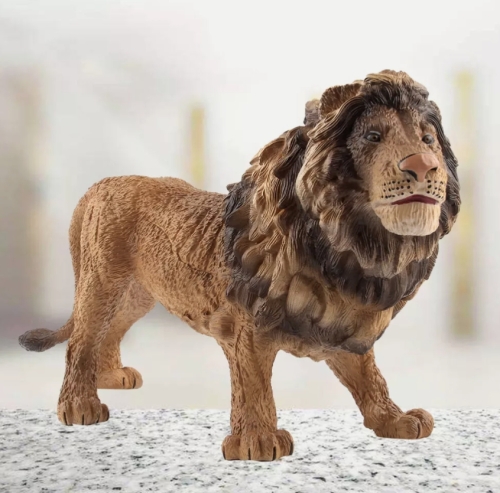Lion model is a commonly used algorithm framework in the field of machine learning and optimization, mainly used to solve complex problems. Its core idea is to combine a structured representation of a problem with a data-driven learning approach to improve the accuracy and efficiency of decision making. The lion model is inspired by the behavior of lion groups in nature and optimizes the search process for solutions by simulating their foraging and hunting patterns.
The model typically includes several key elements: individual, environment, and fitness. The individual represents the candidate solution in the solution process, while the environment refers to the constraints and background information of the problem. Fitness is used to measure the strengths and weaknesses of an individual in a specific situation, so as to guide the process of individual variation and crossover. The Lion model emphasizes group collaboration, and the interaction between individuals can effectively guide the search, thus avoiding falling into local optimality.
In the concrete implementation, the lion model often adopts the iterative method to gradually improve the quality of the solution. Individuals will be selected based on an evaluation of fitness, with good individuals being retained and producing offspring, while poor individuals may be eliminated. In this way, the algorithm can quickly converge to an optimal solution to the problem. In addition, the lion model can also introduce diversity mechanisms to maintain the diversity of the population to prevent performance degradation caused by premature convergence.
Lion model has shown good performance in many application fields, including engineering optimization, resource scheduling, image processing and so on. With the increase of data volume and the improvement of computing power, the application prospect of this model will be more extensive.
















